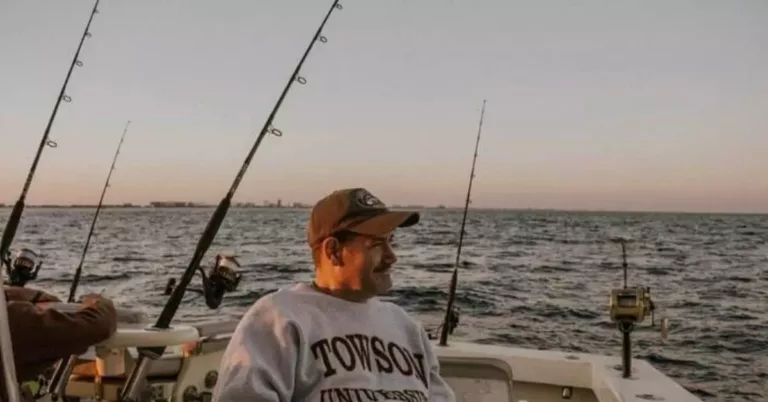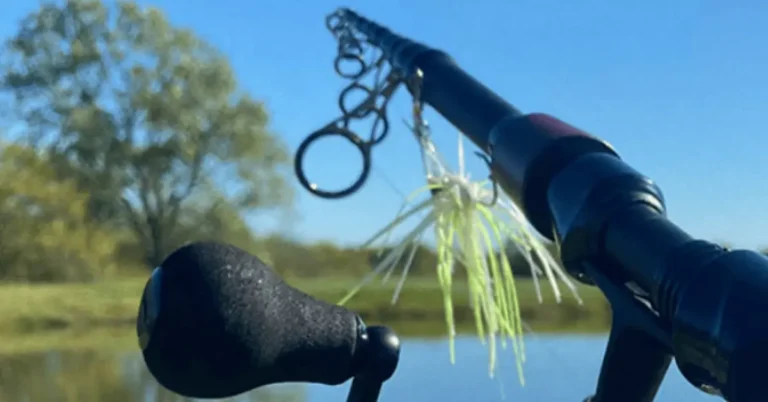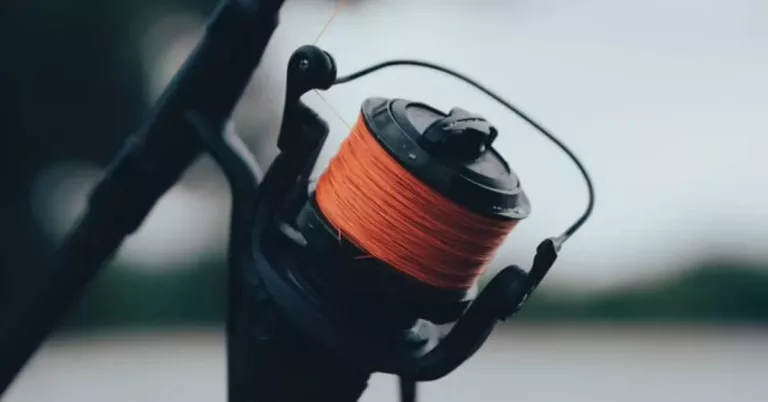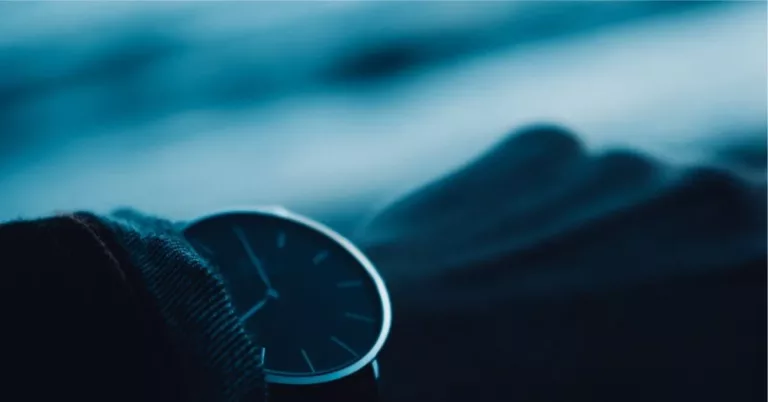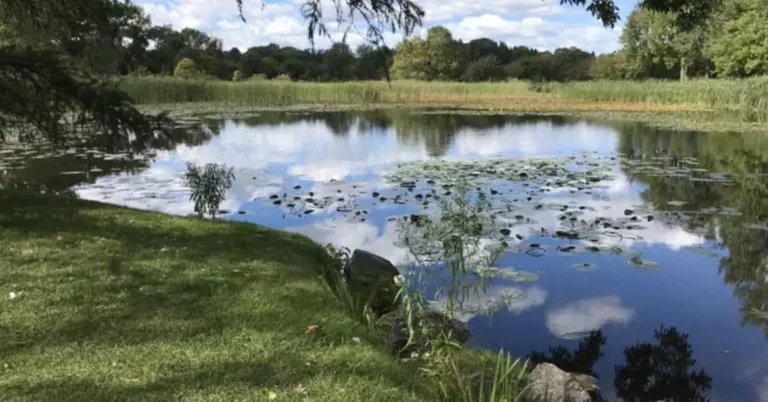Crappie Fishing Strategies for Cool Weather: Dominating Fall Crappie on Your Favorite Lake
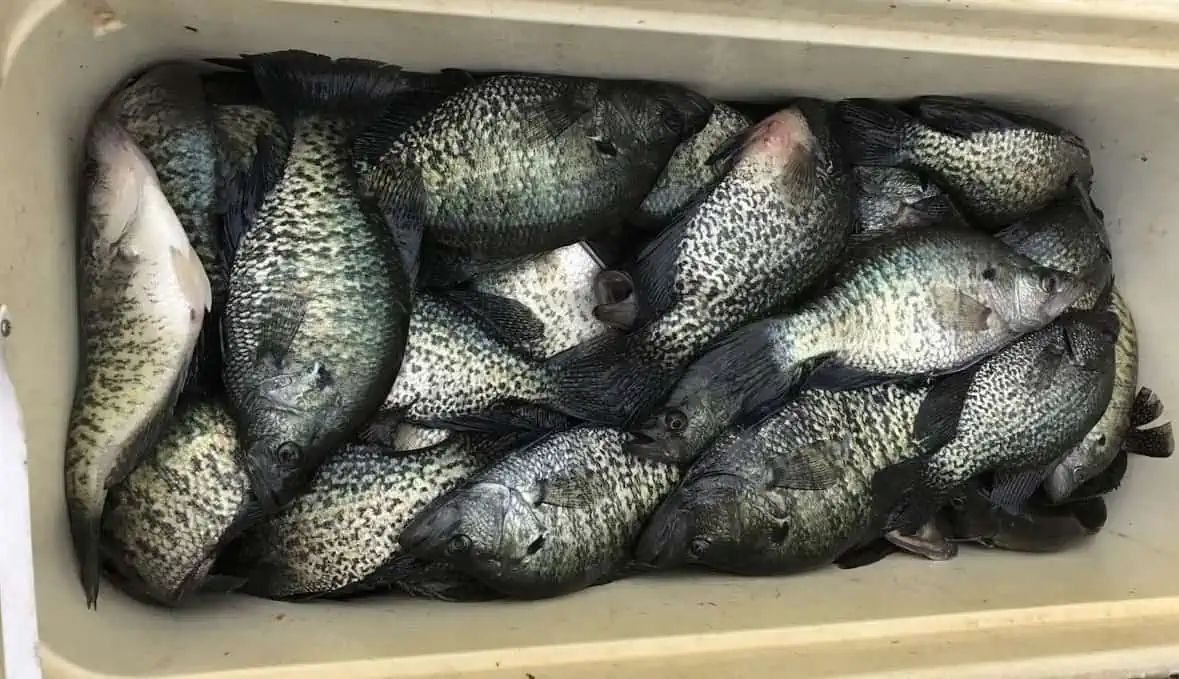
The leaves are changing colors and the morning air is crisp—fall is here. For crappie anglers like me, that means one thing: It’s go time. As the water cools down, crappie metabolism and feeding activity kick into high gear.
This transitional period in late summer and early fall is an amazing time to figure out where crappie are and how to catch them. In this comprehensive guide, you’ll learn almost everything you need to know to catch more and bigger crappie this fall.
Where Are The Crappie Best Found in the Fall?
Crappie location changes a lot in the fall compared to summer. While many anglers focus mostly on depth to find fall crappie, I’ve found that trusting my electronics and understanding contours is most important.
Instead of getting caught up on numbers, I target creek channels, underwater humps, submerged timber, and main lake river channels. These transitional areas give both shallow and deep water access that crappie utilize heavily in the fall. They will often change depths along these features to take advantage of their preferred water temperatures.
As the water cools from summer’s 80+ down to the 50s and 60s in the fall, baitfish and shad will start bunching up as well. I constantly keep an eye out for baitfish activity at varying depths.
Crappie will suspend around balls of shad and small minnows, waiting to ambush them. If I mark bait high up in 25 feet of water I may catch them there. But later in the day when the shad move to deeper water, the crappie will follow them down to the bottom or suspend partway down.
Many anglers mistakenly think that crappie in the fall are spawning just because they are shallow. While you may see some large slab crappies full of eggs in the fall, they are not spawning.
Crappie spawn in the spring when water temperatures reach around 60 degrees. In the fall, they move shallow to feed on abundant baitfish rather than to spawn.
Fall Crappie Fishing Techniques
The best part about fall crappie fishing is that multiple techniques can be used to catch them. Spider rigging, casting jigs, using slip floats, vertical jigging, and trolling can all be used to catch fall transitional crappie. This time of year gives me a great excuse to break out all my favorite crappie tactics.
To target suspended fall crappie, I often use my electronics to find fish hanging 10-20 feet deep along creek channels. Then I vertically jig 1/16 or 1/32-ounce jigheads tipped with plastic trailers. Noting the depth where I mark fish and counting down my lure to match gets plenty of bites. Small subtle lifts of the rod tip trigger reaction bites from the suspended crappie. And the light jigheads let me make very long casts to reach fish that may be spooky.
When I find shad and other baitfish shallow, I break out my float and jig rod. A nice lively minnow below my float gets tons of attention. I slowly pop and drag my float over shallow flats, working around wood structures that both bait and crappie seek out. More aggressive fish smash the minnow, while other crappie lightly sip it. Setting the hook at any unnatural movement around the float puts plenty of slabs in the boat.
For covering water to find roaming fall crappie schools, spider rigging is fantastic. I set my rods between 10-20 feet deep with 1/16-ounce jigs. Brightly colored Bobby Garland Baby Shads as trailers give great action. As I slowly troll across main lake contours like creek channels or points, suspended crappie can’t resist. And once I dial in a productive pattern, I may catch 40-50 fish in just a few hours of spider rigging.
Fall Crappie Bait Selections
Figuring out the right bait for fall crappie can be tricky. Their preferences can change day to day based on conditions, baitfish type and behavior, and other factors. Typically I start fall trips with some bigger profile baits in the 3-3.5 inch range on 1/16 or even 1/8 ounce heads. But I always bring smaller backup sizes too.
Staying versatile with a box loaded with jigs from 1/32 – 1/4 ounces and trailers from 1 to 3+ inches gives you the ability to dial your baits into whatever the fish want. Brighter colors and shad imitations are pretty reliable starters in the fall.
But natural colors like black/blue, brown/purple, green pumpkin, and gray shades produce too. Paying attention to what the stomach contents of the crappie you catch look like goes a long way to fine-tuning your offerings.
Fall is the Perfect Time to Introduce New Anglers to Crappie
The fall is the prime time to introduce kids or new anglers to the sport because conditions are comfortable. Mornings start a bit chilly but generally warm up nicely without getting miserably hot like summer. With a light jacket and some gloves, fall fishing remains pleasant all day long.
The great fall crappie action helps keep bite rates high too, so new anglers stay interested. Shallow fall fish and smaller baits also require less specialized gear for beginners. A basic rod/reel combo, bobber, hooks, and sinkers open lots of fall opportunities. And the delicious table fare doesn’t hurt when convincing someone new to tag along either!
On a recent trip with my kids, we caught a bunch of jumbos drifting and casting tiny 1/32-ounce jigs in the backs of creeks. The shallow depths had us constantly catching fish after fish. My son stayed hooked on fishing and can’t wait for our next fall trip!
Gearing Up For Fall Crappie Success
While nearly any fishing gear will work for fall crappie, having the right rod, reel, line, and electronics will improve your odds of hitting the limit on fall crappie.
Because you’ll be using smaller presentations much of the time, a good light-action rod is essential. My go-to is this Berkley Lightning Spinning Combo, featuring a 6’6” rod and a size 30 spinning reel. Together they give both casting distance and great sensitivity for lightly biting slab crappie.
For line, 4-6 pound high visibility braid allows you to mark your line on electronics more easily. It’s also very thin so as not to spook fish in clear fall water. I tie on a 6-8 pound fluorocarbon leader when fishing deeper structures where abrasion resistance helps.
Of course, good electronics are a must for finding and staying on fall crappie schools suspended along channel ledges. My Lowrance Hook (Fish Finder with a 9-inch screen) does an excellent job of helping me locate the fish. Best of all it didn’t break the bank when I purchased it as opposed to some other models. Using it helps me pick out transitions and cover contour changes that funnel crappie on their fall migration routes.
Conclusion: Get In On The Action Now
Crappie fishing only gets better from here on out. Their wild fall feeding and plumping up makes it easy to take your limits, with the right approach. Now is the time to break out your arsenal, brush up on seasonal patterns, and take advantage of outstanding fall crappie fishing. Cooler weather, awesome colors, and most importantly—endless slabs await right in your backyard lakes and reservoirs.

